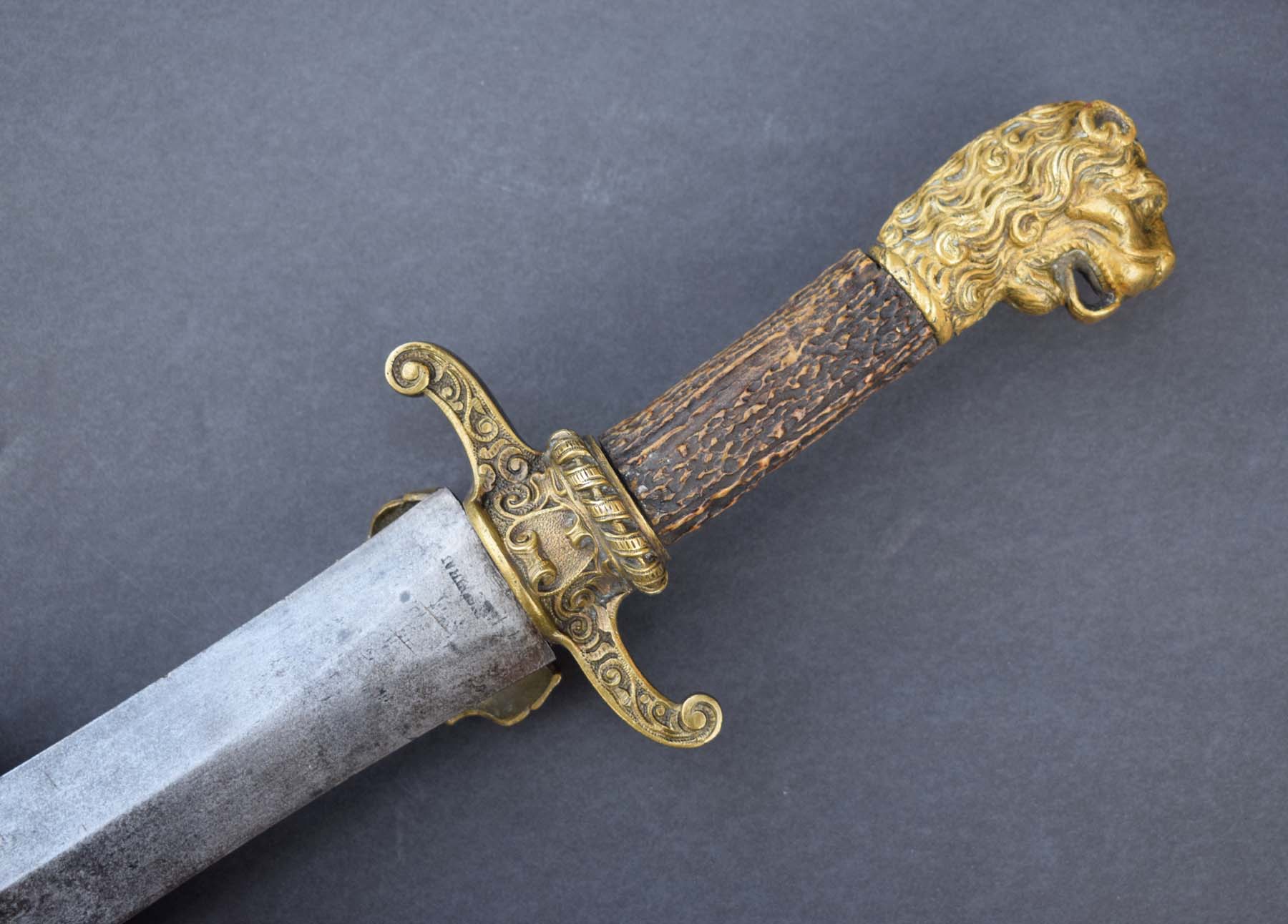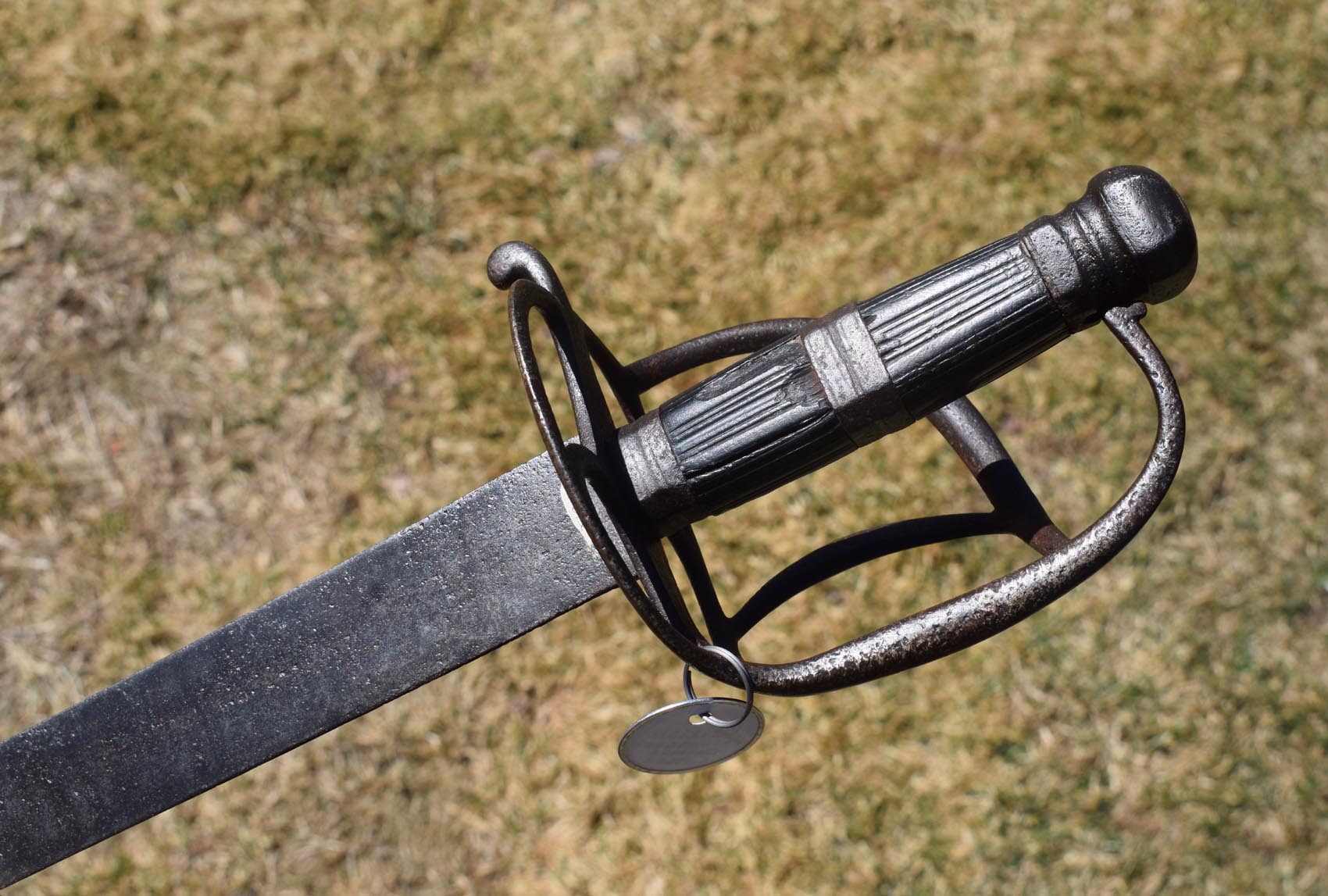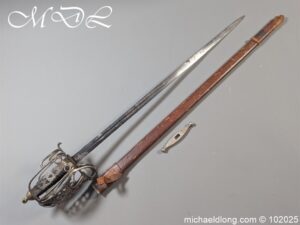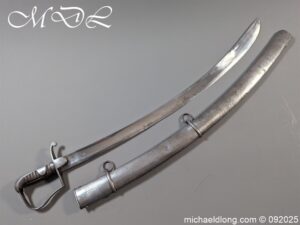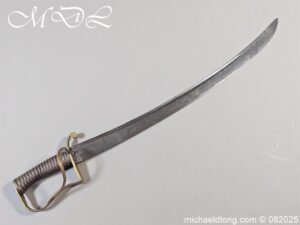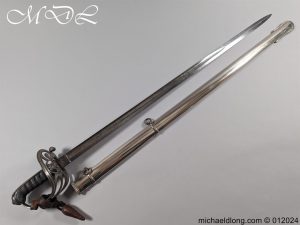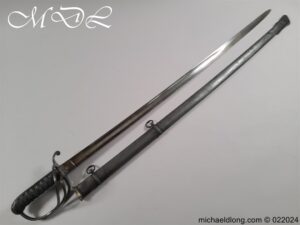For Sale
The following items are listed by for sale by users of the site and dealers. They are in no way endorsed or guaranteed by www.oldswords.com
Add a Classified ItemYou can also receive regular email notifcations when items match your keywords. To recieve them just register or logon at the top right of this page.
- Nation : British
- Local Price : £925.00
- Nation : French
- Local Price : £900.00
- Nation : British
- Local Price : £895.00
- Nation : British
- Local Price : £895.00
- Nation : German
- Local Price : £895.00
- Nation : British
- Local Price : $895.00
- Nation : British
- Local Price : £895.00
- Nation : French
- Local Price : £895.00
- Nation : British
- Local Price : £895.00
- Nation : British
- Local Price : £895.00
- Nation : British
- Local Price : £895.00
- Nation : British
- Local Price : £895.00
- Nation : British
- Local Price : £895.00
- Nation : Japanese
- Local Price : £895.00
- Nation : British
- Local Price : £895.00
- Nation : British
- Local Price : £895
- Nation : Japanese
- Local Price : £895.00
- Nation : Japanese
- Local Price : £895
- Nation : British
- Local Price : £875.00
- Nation : British
- Local Price : £875.00
- Nation : British
- Local Price : £875.00
- Nation : Austrian
- Local Price : 1200.00 USD
- Nation : British
- Local Price : 1200.00 USD
- Nation : British
- Local Price : £865.00
- Nation : British
- Local Price : £865.00
- Nation : British
- Local Price : £865.00
- Nation : British
- Local Price : £865.00
- Nation : British
- Local Price : £865.00
- Nation : -
- Local Price : 1,175.00 USD





.jpg)
.jpg)
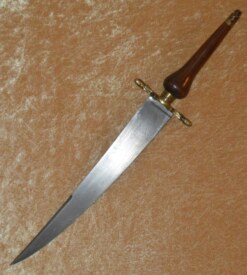
.jpg)
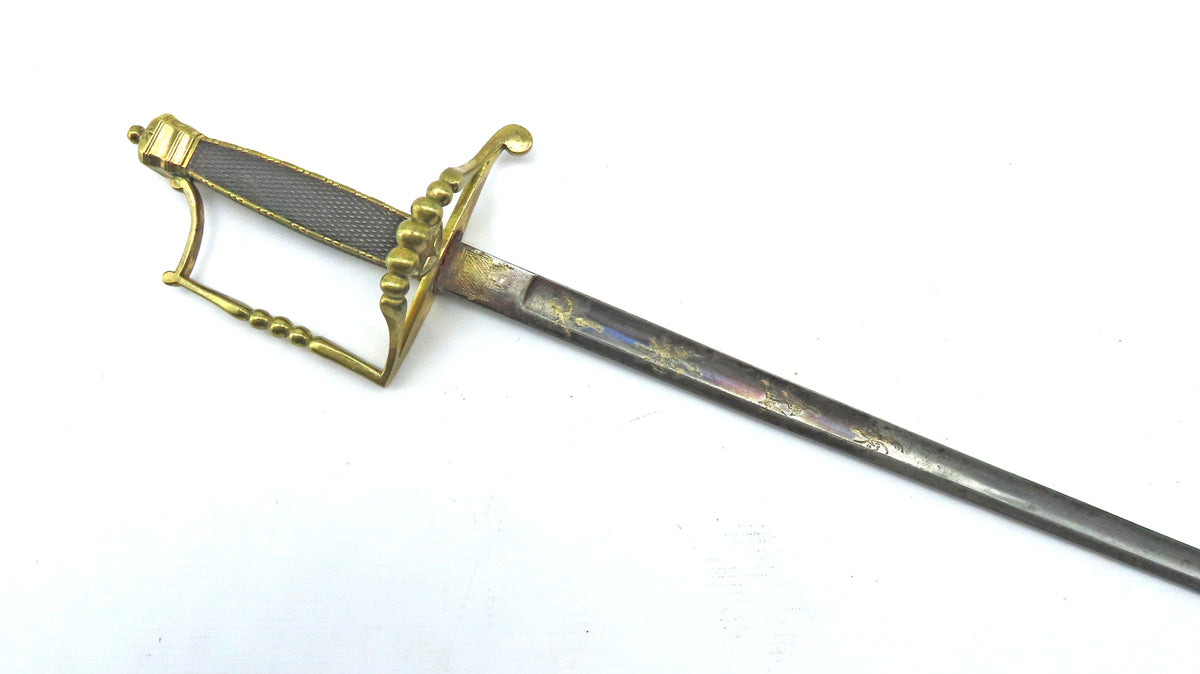
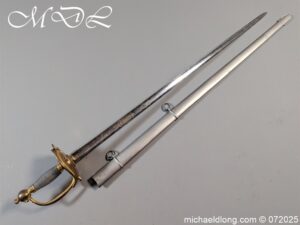

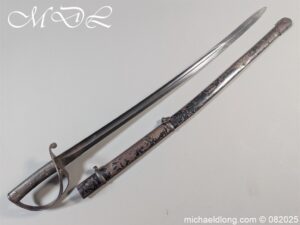
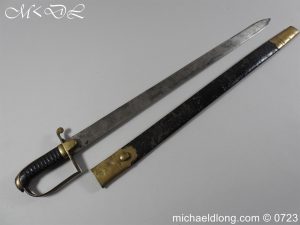
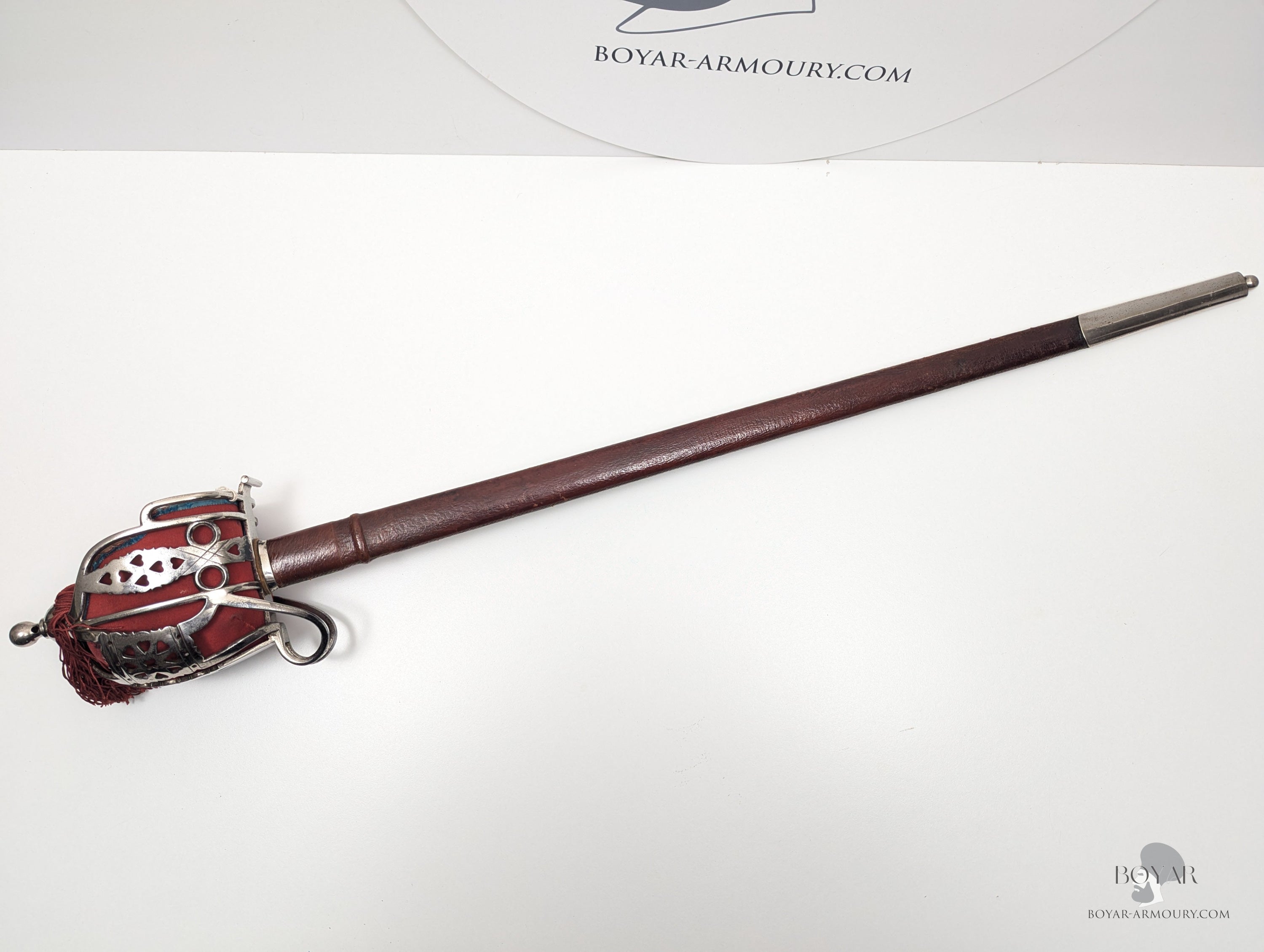
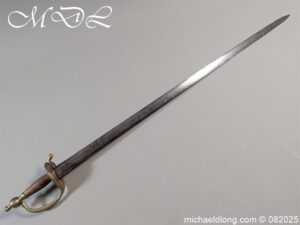
.jpg)
.jpg)

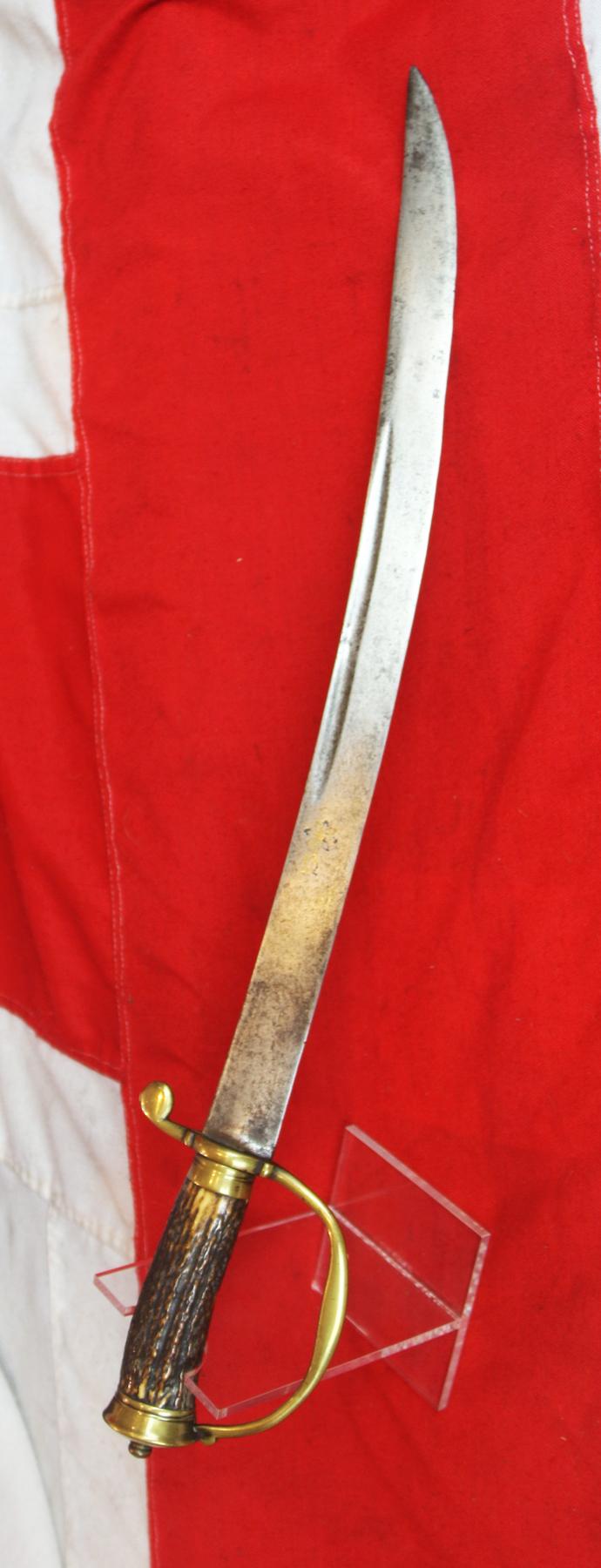



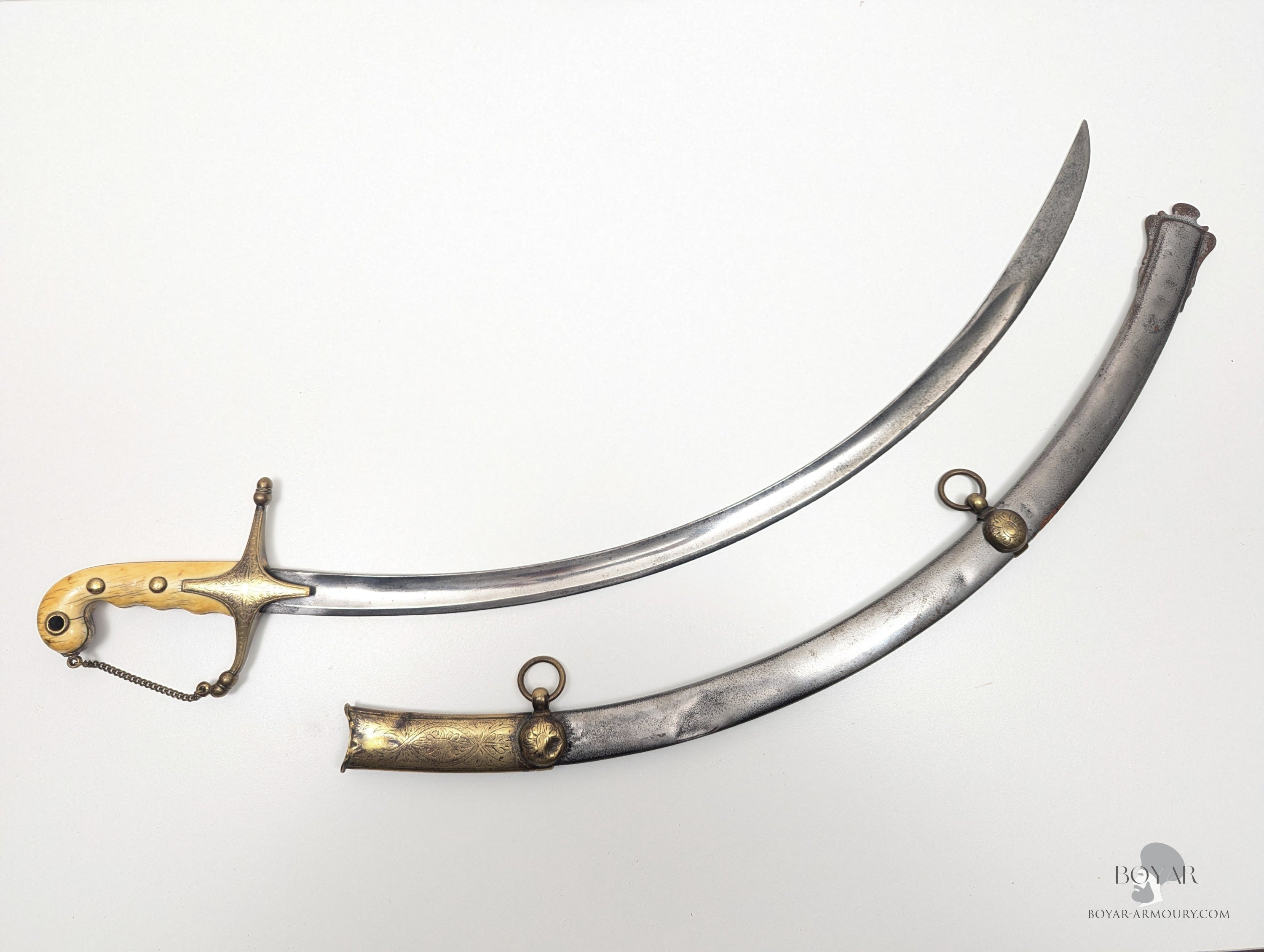
.jpg)

